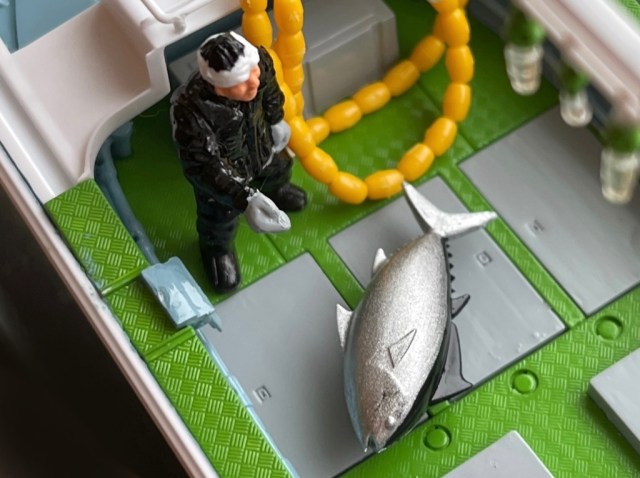
We wanted to eat fresh-from-the-boat tuna but couldn’t, so we did the next most logical thing and built a realistic tuna fishing boat instead.
Our Japanese-language reporter Saya Togashi loves tuna…and we mean she really loves it. It’s long been one of Saya’s dreams to purchase an entire high-quality, freshy caught tuna at a fish market option, but sadly that’s a luxury that’s a bit out of her price range.
So instead Saya has to settle for buying sliced sashimi at the supermarket, but she can turn her longing into something productive with her latest venture into the world of food-related models by building this kit of a Japanese tuna fishing boat.
▼ Introducing the 31st Ryofukumaru (3,960 yen [US$35.65])
Japanese model manufacturer Aoshima actually offers two versions of a tuna fishing vessel in this particular series as well as one squid fishing vessel, all paying homage to an invaluable kind of boat that makes an important livelihood possible.
In the past, Saya has built countless plastic models that required no painting or adhesion. She decided to challenge herself this time with this slightly more difficult kit. After seeing the individual number of colored parts, however, she balked a bit. It was hard to keep track of all of the colors in her mind so she circled reminders for herself directly on the manual pages.
She carefully blocked off certain sections with masking tape and got right to the painting, making sure to color the smaller parts before removing them from their trappings.
Some of the tiniest parts, however, were impossible to do accurately with a paint brush, so she turned to a marker for the minute details. The masking tape > painting > drying cycle went on and on several times. She didn’t think that it would be an exaggeration to say that nine-tenths of the assembly process was spent laying down masking tape.
For example, tape was definitely necessary to accurately paint inside narrow crevices like this.
She was somewhat miffed to realize that some of the tiny spaces she had painstakingly painted weren’t even visible from a birds-eye view.
Moving on, Saya was excited to get started on the process of attaching everything together and seeing the boat take shape right before her eyes.
Oh no! She accidentally broke a piece!
This was definitely the trickiest model she had ever assembled. Unlike many of the “snap-in-place” models she’d done previously, she was running into a lot of trouble fitting these pieces together. The highly viscous paint was also causing problems for her, like how she didn’t realize that the adhesive would make the paint melt off in some places.
However, the allure of the final product kept her going. She was impressed by some of the tiny details, including a miniature kamidana (household shrine) attached to the wall. She supposed that fixture is standard in boats which often have to face the rough seas.
She was somewhat saddened to begin working on the roof because the interior of the wheelhouse would no longer be easy to view. It almost felt like a waste of effort trying to make every little detail inside perfect.
The coloring, cutting, and assembling of tiny parts, some fewer than two millimeters (0.08 inches), continued for a while.
She somehow managed to attach all of the translucent lights despite the unsteadiness of her hands. The process was a pain, but the lights did look really cool. Still, she was thankful that she hadn’t gone with the squid fishing boat model, since those vessels use an even larger array of lights to attract the creatures.
It was kind of fun to paint the small fisherman…
…and satisfying to finally paint a tuna, though she did feel that her paint job was off somehow.
Oops! She realized that the black stripe should only cover the top of the tuna’s back area. Oh well, this one would just have to be a rare tuna…
▼ Saya’s “rare tuna” (left) vs. actual tuna coloring (right)
Finally, at the very end, it was time to assemble the fisherman’s big-catch banners using thin paper and decals. Traditionally, Japanese fishing boats fly these as they’re coming back into port to let the dock workers know there’s a big haul coming in and they’ll need everyone’s help to get the fish off the ship, and making the flags gave Saya a sense of the fun excitement too.
By the way, while in her brain she knew that she had to stick the moistened decal on the spot where she wanted it, she slipped up when it came to affixing the Ryofukumaru’s name on the back.
Again, oopsies. The hull part didn’t go so smoothly, either.
Nevertheless, she eventually completed everything. The paint job was uneven, some parts were broken, and the decals were messed up, but it was unquestionably her Ryofukumaru model.
Fully assembled, it was 1/64th the scale of a real boat with a length of about 257 millimeters (10.1 inches) and 329 individual parts.
Every aspect of this vessel was designed to provide the best tools for catching tuna.
For some trivia, the fisherman was apparently modeled after a real-life “tuna fishing god,” one Mr. Kura Yamazaki, from Aomori Prefecture.
While Saya is prone to mull over all of the things she’s done poorly, her sense of accomplishment was also out in full force this time.
Saya had continuously told herself while assembling the model that she would never make one like it again. Now that it was finished, however, she couldn’t wait to get her hands on a new one. If not the squid fishing vessel, maybe she’ll spring for this 366-piece sushi plastic model kit instead.
Reference: Aoshima
All images © SoraNews24
● Want to hear about SoraNews24’s latest articles as soon as they’re published? Follow us on Facebook and Twitter!
[ Read in Japanese ]

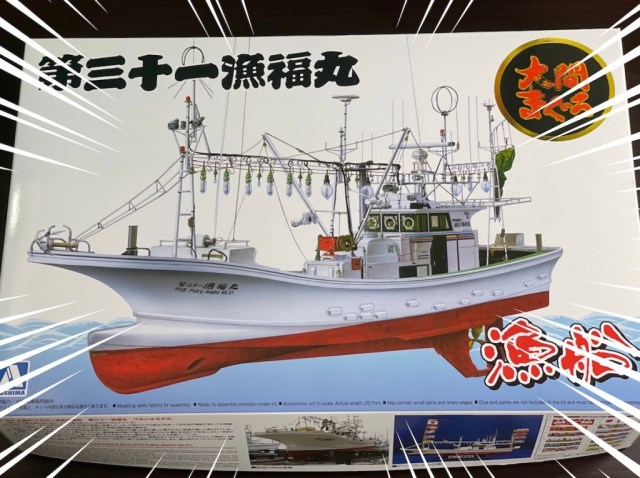
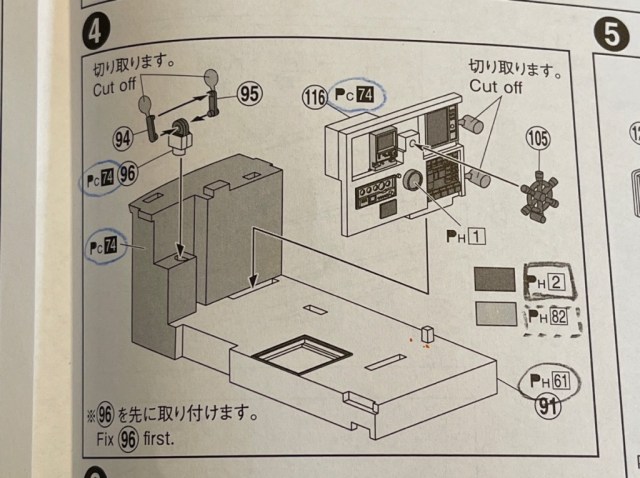
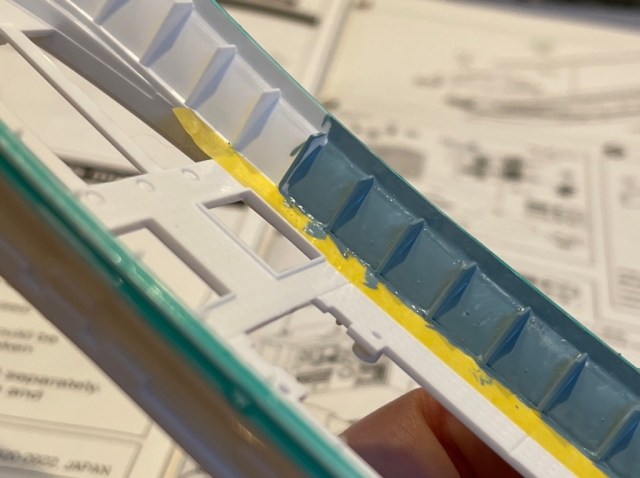
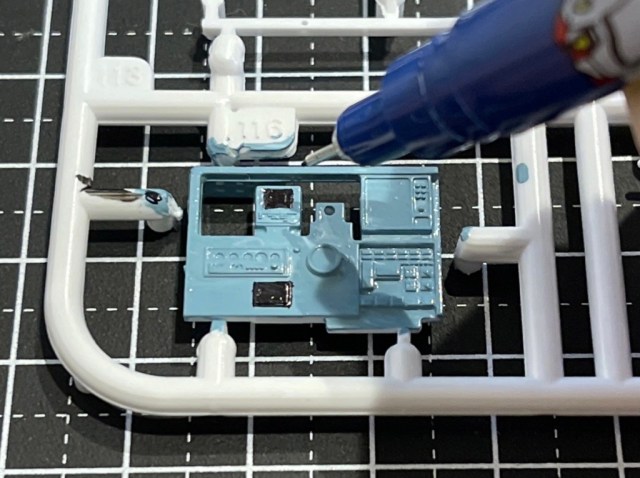
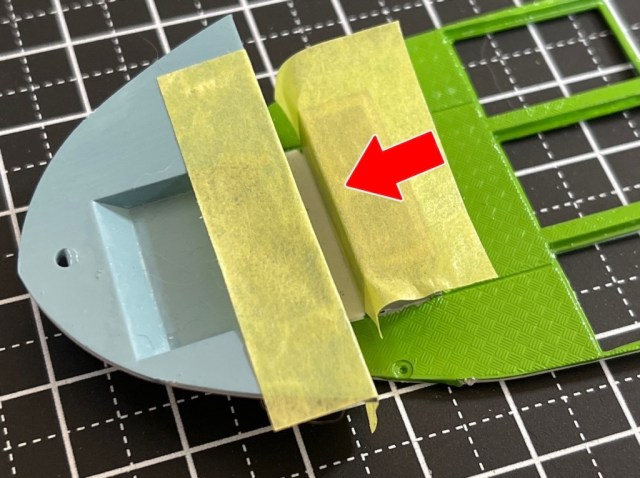
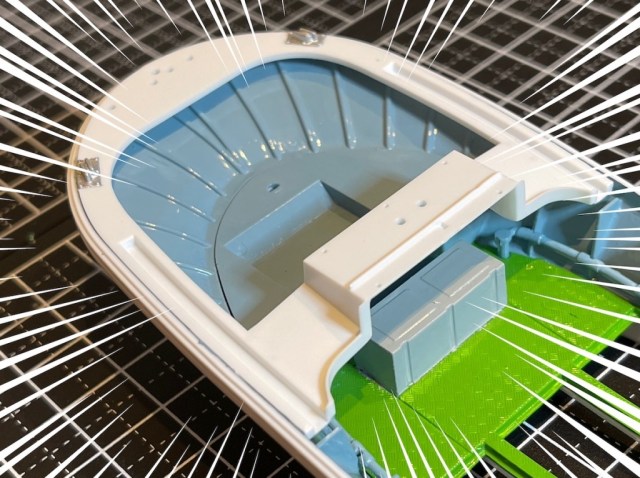
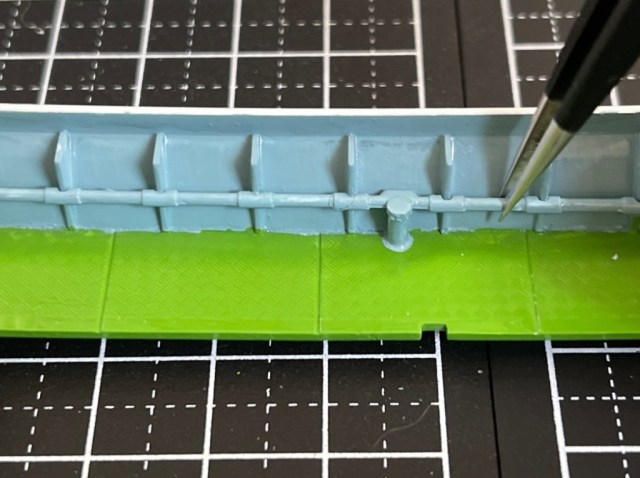
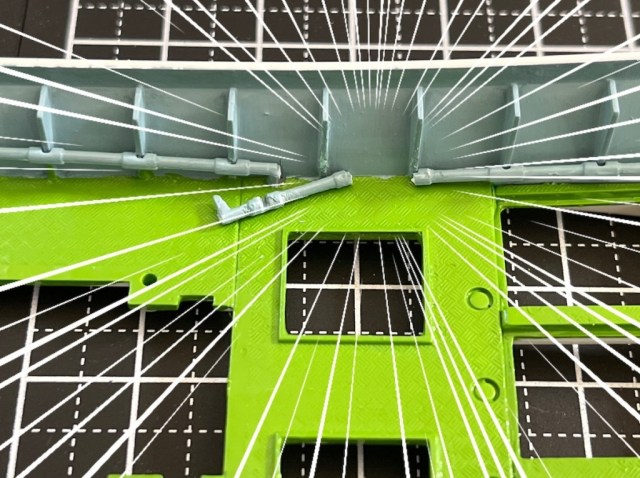

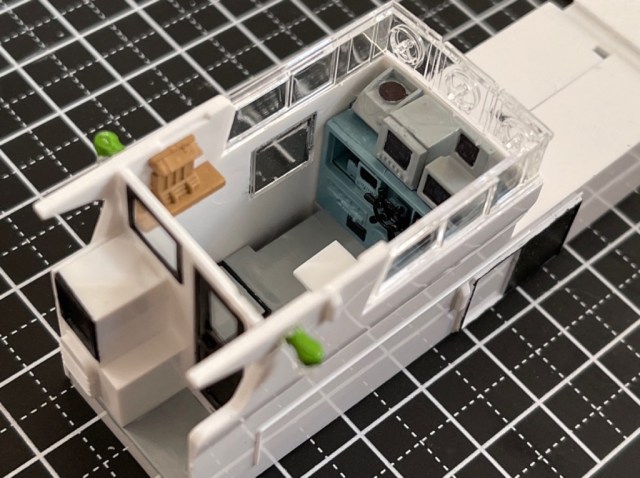
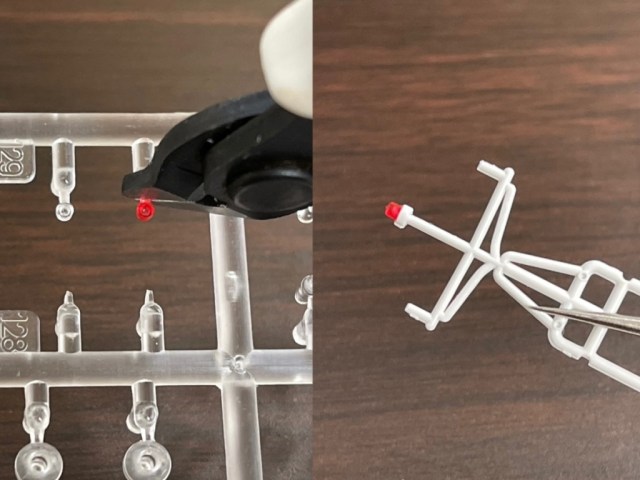
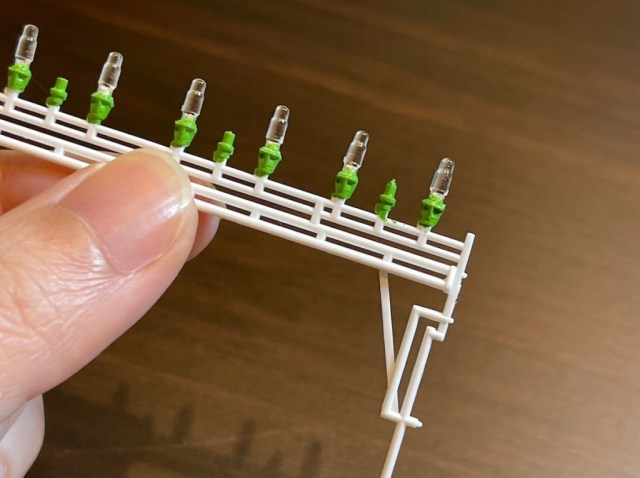
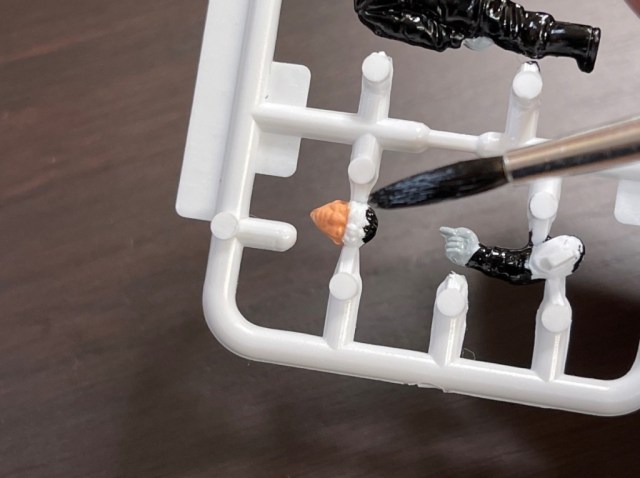
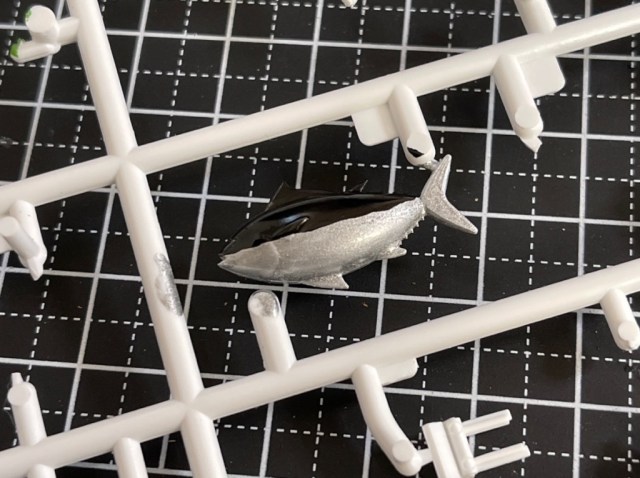

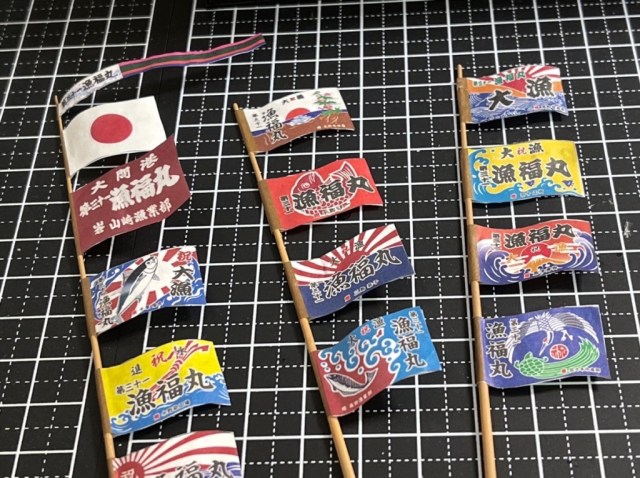
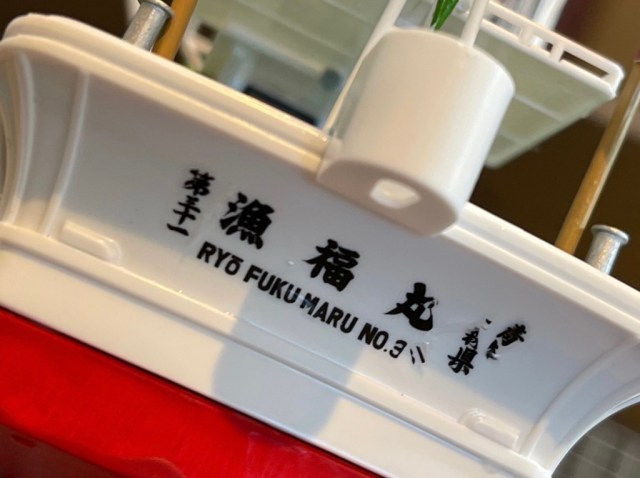
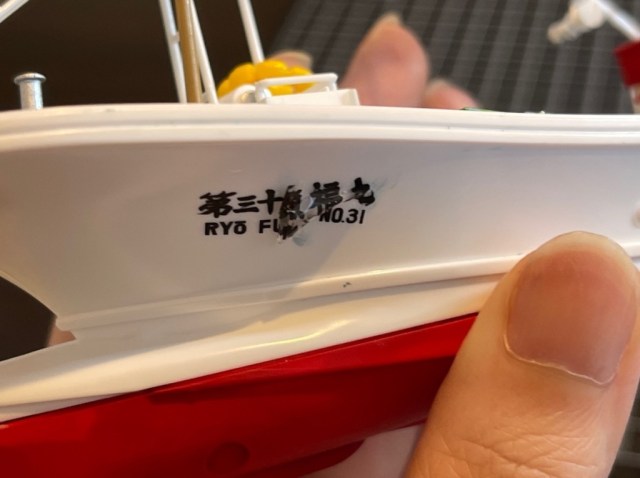
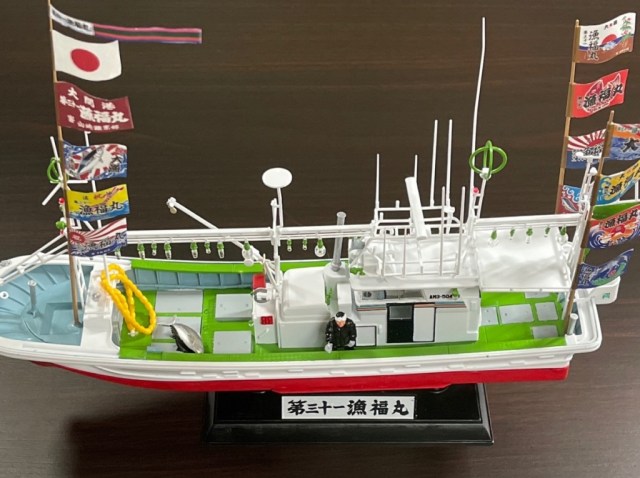
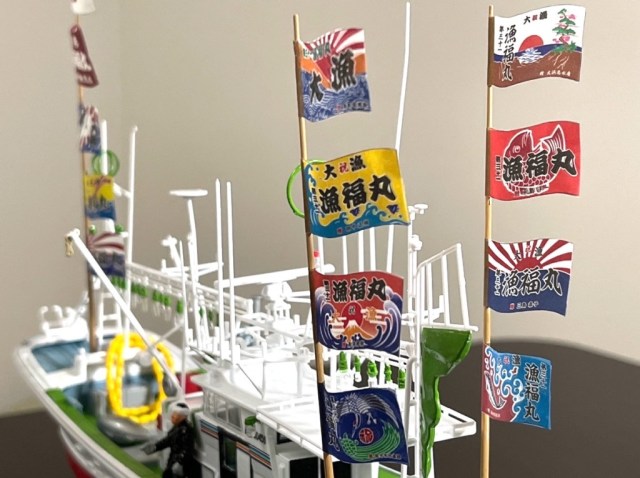
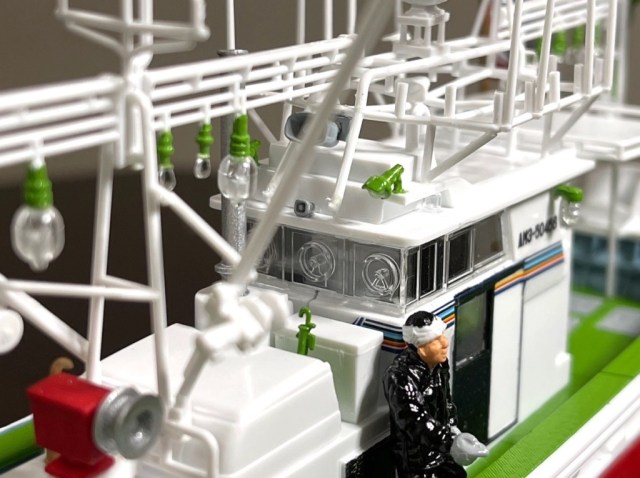
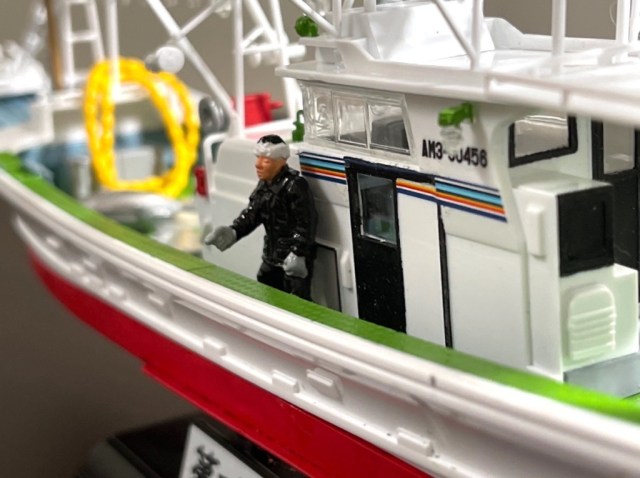
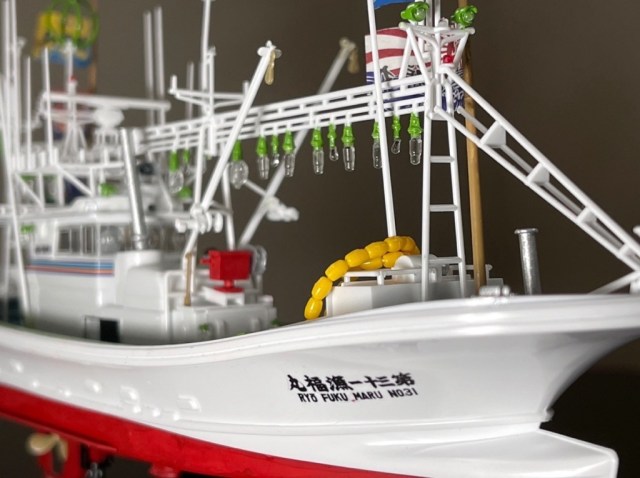
 Can even our brown thumbs keep this “moss bonsai” kit alive?【Photos】
Can even our brown thumbs keep this “moss bonsai” kit alive?【Photos】 Resident Evil Umbrella green, red herb bath salts now exist in real world, are terrifying【Pics】
Resident Evil Umbrella green, red herb bath salts now exist in real world, are terrifying【Pics】 This USB device exists solely to warm up rice balls, and honestly, it does a great job
This USB device exists solely to warm up rice balls, and honestly, it does a great job How to make Ukrainian flag origami crane paper
How to make Ukrainian flag origami crane paper Is there any point to holding your chopsticks the “correct” way? Let’s find out【Experiment】
Is there any point to holding your chopsticks the “correct” way? Let’s find out【Experiment】 Foreigner’s request for help in Tokyo makes us sad for the state of society
Foreigner’s request for help in Tokyo makes us sad for the state of society Ghibli Park now selling “Grilled Frogs” from food cart in Valley of Witches
Ghibli Park now selling “Grilled Frogs” from food cart in Valley of Witches Historical figures get manga makeovers from artists of Spy x Family, My Hero Academia and more
Historical figures get manga makeovers from artists of Spy x Family, My Hero Academia and more Japanese city loses residents’ personal data, which was on paper being transported on a windy day
Japanese city loses residents’ personal data, which was on paper being transported on a windy day Japanese ramen restaurants under pressure from new yen banknotes
Japanese ramen restaurants under pressure from new yen banknotes Haku is…Chihiro’s dead brother? Studio Ghibli fans blown away by Spirited Away theory
Haku is…Chihiro’s dead brother? Studio Ghibli fans blown away by Spirited Away theory Osaka governor suggests lowering voting age to 0 to curb population decline
Osaka governor suggests lowering voting age to 0 to curb population decline Tokyo Tsukiji fish market site to be redeveloped with 50,000-seat stadium, hotel, shopping center
Tokyo Tsukiji fish market site to be redeveloped with 50,000-seat stadium, hotel, shopping center Harajuku Station’s beautiful old wooden building is set to return, with a new complex around it
Harajuku Station’s beautiful old wooden building is set to return, with a new complex around it Suntory x Super Mario collaboration creates a clever way to transform into Mario【Videos】
Suntory x Super Mario collaboration creates a clever way to transform into Mario【Videos】 McDonald’s new Happy Meals offer up cute and practical Sanrio lifestyle goods
McDonald’s new Happy Meals offer up cute and practical Sanrio lifestyle goods French Fries Bread in Tokyo’s Shibuya becomes a hit on social media
French Fries Bread in Tokyo’s Shibuya becomes a hit on social media Studio Ghibli releases new action figures featuring Nausicaä of the Valley of the Wind characters
Studio Ghibli releases new action figures featuring Nausicaä of the Valley of the Wind characters New private rooms on Tokaido Shinkansen change the way we travel from Tokyo to Kyoto
New private rooms on Tokaido Shinkansen change the way we travel from Tokyo to Kyoto Red light district sushi restaurant in Tokyo shows us just how wrong we were about it
Red light district sushi restaurant in Tokyo shows us just how wrong we were about it All-you-can-drink Starbucks and amazing views part of Tokyo’s new 170 meter-high sky lounge
All-you-can-drink Starbucks and amazing views part of Tokyo’s new 170 meter-high sky lounge Beautiful Ghibli sealing wax kits let you create accessories and elegant letter decorations【Pics】
Beautiful Ghibli sealing wax kits let you create accessories and elegant letter decorations【Pics】 Studio Ghibli releases Kiki’s Delivery Service chocolate cake pouches in Japan
Studio Ghibli releases Kiki’s Delivery Service chocolate cake pouches in Japan New definition of “Japanese whiskey” goes into effect to prevent fakes from fooling overseas buyers
New definition of “Japanese whiskey” goes into effect to prevent fakes from fooling overseas buyers Our Japanese reporter visits Costco in the U.S., finds super American and very Japanese things
Our Japanese reporter visits Costco in the U.S., finds super American and very Japanese things Studio Ghibli unveils Mother’s Day gift set that captures the love in My Neighbour Totoro
Studio Ghibli unveils Mother’s Day gift set that captures the love in My Neighbour Totoro More foreign tourists than ever before in history visited Japan last month
More foreign tourists than ever before in history visited Japan last month New Pokémon cakes let you eat your way through Pikachu and all the Eevee evolutions
New Pokémon cakes let you eat your way through Pikachu and all the Eevee evolutions Sales of Japan’s most convenient train ticket/shopping payment cards suspended indefinitely
Sales of Japan’s most convenient train ticket/shopping payment cards suspended indefinitely Sold-out Studio Ghibli desktop humidifiers are back so Totoro can help you through the dry season
Sold-out Studio Ghibli desktop humidifiers are back so Totoro can help you through the dry season Japanese government to make first change to romanization spelling rules since the 1950s
Japanese government to make first change to romanization spelling rules since the 1950s Ghibli founders Toshio Suzuki and Hayao Miyazaki contribute to Japanese whisky Totoro label design
Ghibli founders Toshio Suzuki and Hayao Miyazaki contribute to Japanese whisky Totoro label design Doraemon found buried at sea as scene from 1993 anime becomes real life【Photos】
Doraemon found buried at sea as scene from 1993 anime becomes real life【Photos】 Tokyo’s most famous Starbucks is closed
Tokyo’s most famous Starbucks is closed One Piece characters’ nationalities revealed, but fans have mixed opinions
One Piece characters’ nationalities revealed, but fans have mixed opinions We asked a Uniqlo employee what four things we should buy and their suggestions didn’t disappoint
We asked a Uniqlo employee what four things we should buy and their suggestions didn’t disappoint Princesses, fruits, and blacksmiths: Study reveals the 30 most unusual family names in Japan
Princesses, fruits, and blacksmiths: Study reveals the 30 most unusual family names in Japan Japan’s amazingly realistic CG schoolgirl learns how to kiss 【Video】
Japan’s amazingly realistic CG schoolgirl learns how to kiss 【Video】 How to cancel a floor on a Japanese elevator
How to cancel a floor on a Japanese elevator We spice up our fermented soybeans with curry powder flavored natto【Taste Test】
We spice up our fermented soybeans with curry powder flavored natto【Taste Test】 We tried cooking with a personal fryer and now we’re obsessed
We tried cooking with a personal fryer and now we’re obsessed We got our hands on the new and rare 1/12th scale model of a Japanese post box
We got our hands on the new and rare 1/12th scale model of a Japanese post box The best-selling rice ball at Family Mart is…SPAM onigiri?
The best-selling rice ball at Family Mart is…SPAM onigiri? Shiraishi Island needs YOUR character ideas!
Shiraishi Island needs YOUR character ideas! We tried making natto the old-fashioned way, and the result was unexpected but delicious 【SoraKitchen】
We tried making natto the old-fashioned way, and the result was unexpected but delicious 【SoraKitchen】 Onigiri jewellery from Japan lets you wear your love of Japanese food on your fingers
Onigiri jewellery from Japan lets you wear your love of Japanese food on your fingers In the search for the perfect crunchy cream puff, we try Beard Papa’s new cookie-topped choux
In the search for the perfect crunchy cream puff, we try Beard Papa’s new cookie-topped choux Definitely not for kids — new Pennywise gacha capsule toy is terrifying yet awesome
Definitely not for kids — new Pennywise gacha capsule toy is terrifying yet awesome There’s no reason not to play with your food with this natto in Nanoblock form
There’s no reason not to play with your food with this natto in Nanoblock form Rare ghost-white tuna caught off Bali — we go to see it on display in Shibuya!
Rare ghost-white tuna caught off Bali — we go to see it on display in Shibuya! We got our paws on the real-kitty-litter snow globe, and here’s how it looks
We got our paws on the real-kitty-litter snow globe, and here’s how it looks Japanese “Rainbow Fire” lets you camp in style with multicolored flames!【Photos】
Japanese “Rainbow Fire” lets you camp in style with multicolored flames!【Photos】 This lucky bag of anime models is also a decades-long history lesson for our mecha newbie
This lucky bag of anime models is also a decades-long history lesson for our mecha newbie
Leave a Reply